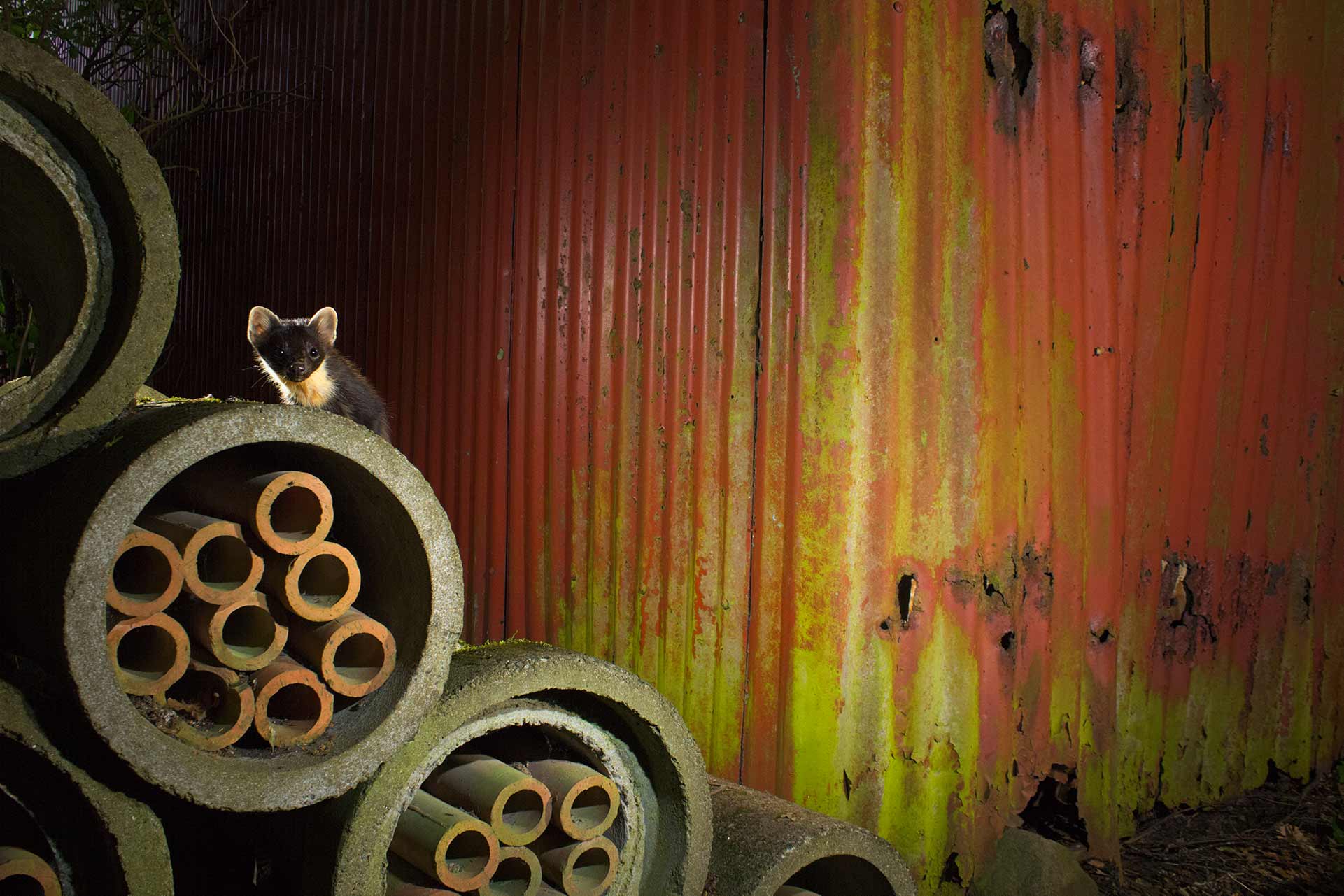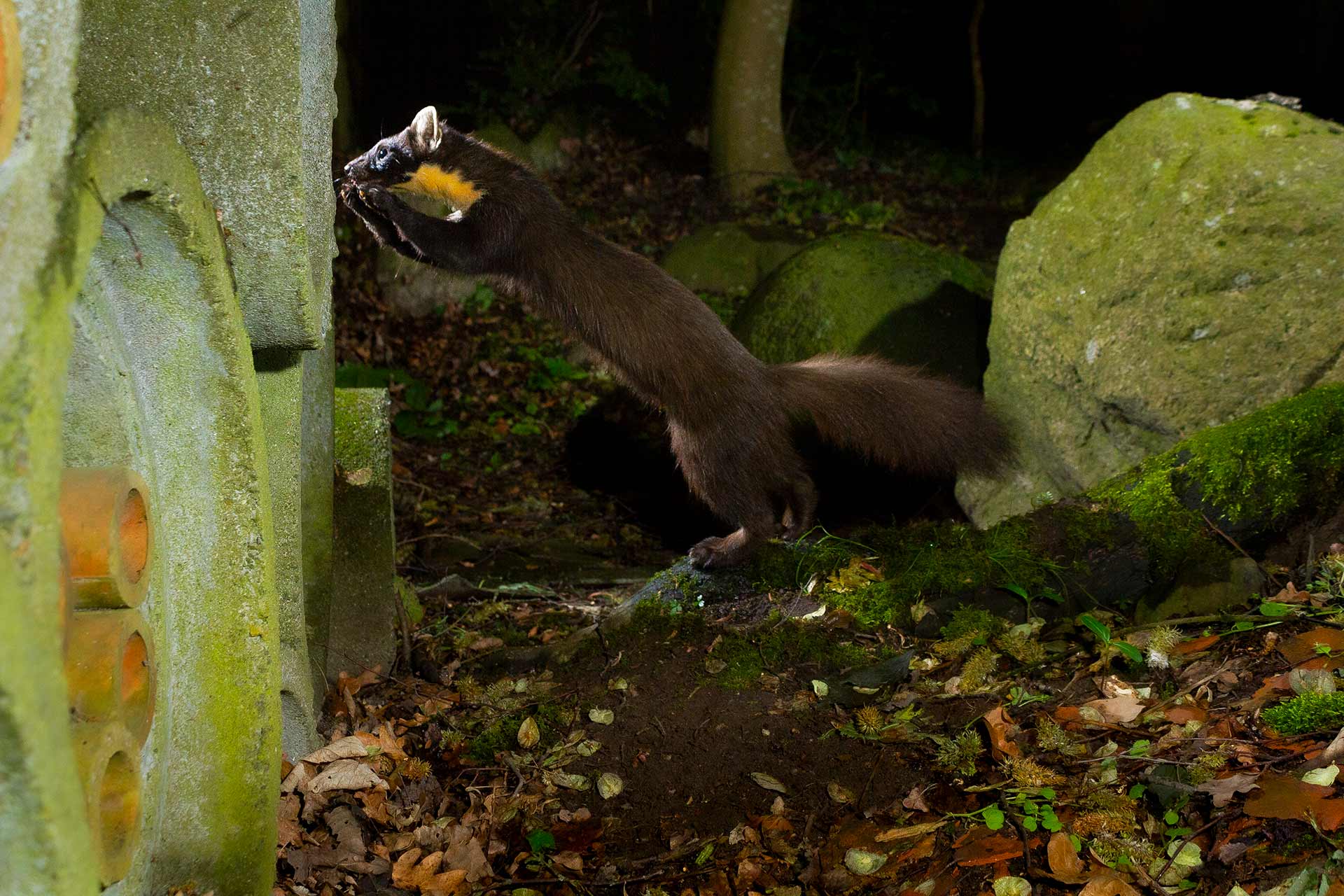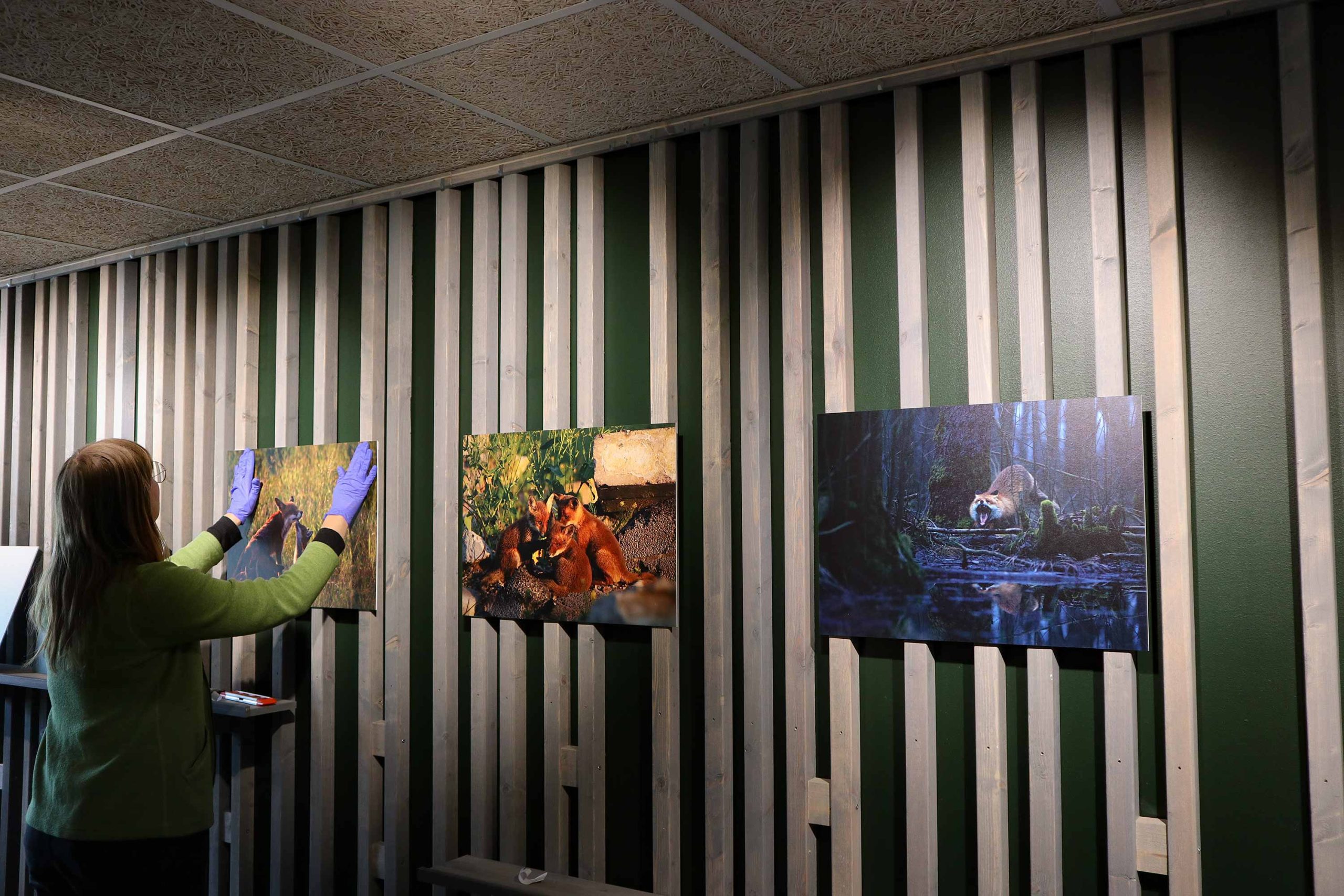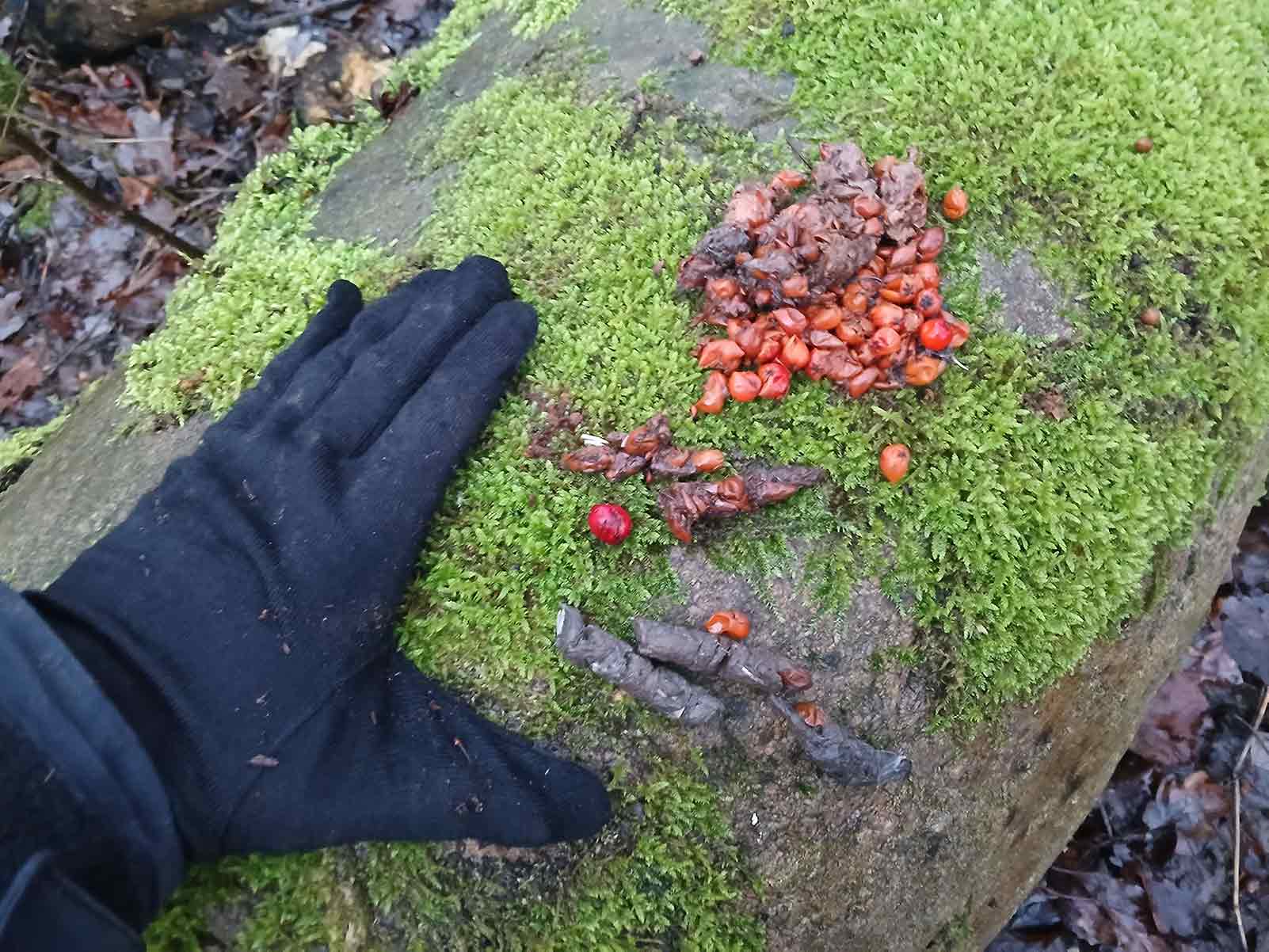Frequently asked questions
As of 2025, I am actively working on a wildlife photography project focused on finding and documenting local pine martens. My goal is to capture them in environmental photographs rather than simple portraits. Pine martens have always been such an interesting species for me, but they are extremely rare. Finding them and what paths they will take is very difficult. Pine martens are mostly active during the night, meaning i had to learn a completely new skill of using camera traps and flashes for wildlife photography. This is turning out to be a challenging but exciting project, and I have already gotten some amazing results.
Updated 13 July 2025
Are you looking for a serious partner for your next idea or project? If you want to collaborate on a wildlife photography or filmmaking project, don’t hesitate to send me an invite and tell me more! Examples of animals I’m interested in working with include otters, pine martens, foxes, badgers, lynxes, wolves, minks, polecats, kingfishers, and many more. I’m always open to collaborating with other dedicated wildlife photographers and filmmakers.
I can offer a lot of valuable expertise and specialized equipment to research and create unique, stunning visuals. For example, I’ve developed my own ultra-low-cost camera trap system that works extremely well, can be custom-coded to capture any image idea, and is scalable for large projects. I’ve tracked and photographed many rare mammals with a high success rate. I also work extremely efficiently and quickly, often achieving excellent results within the first months, with problem-solving skills that are genuinely valuable.
Find my contact info on denatlahi.com/contact and let’s get started today!
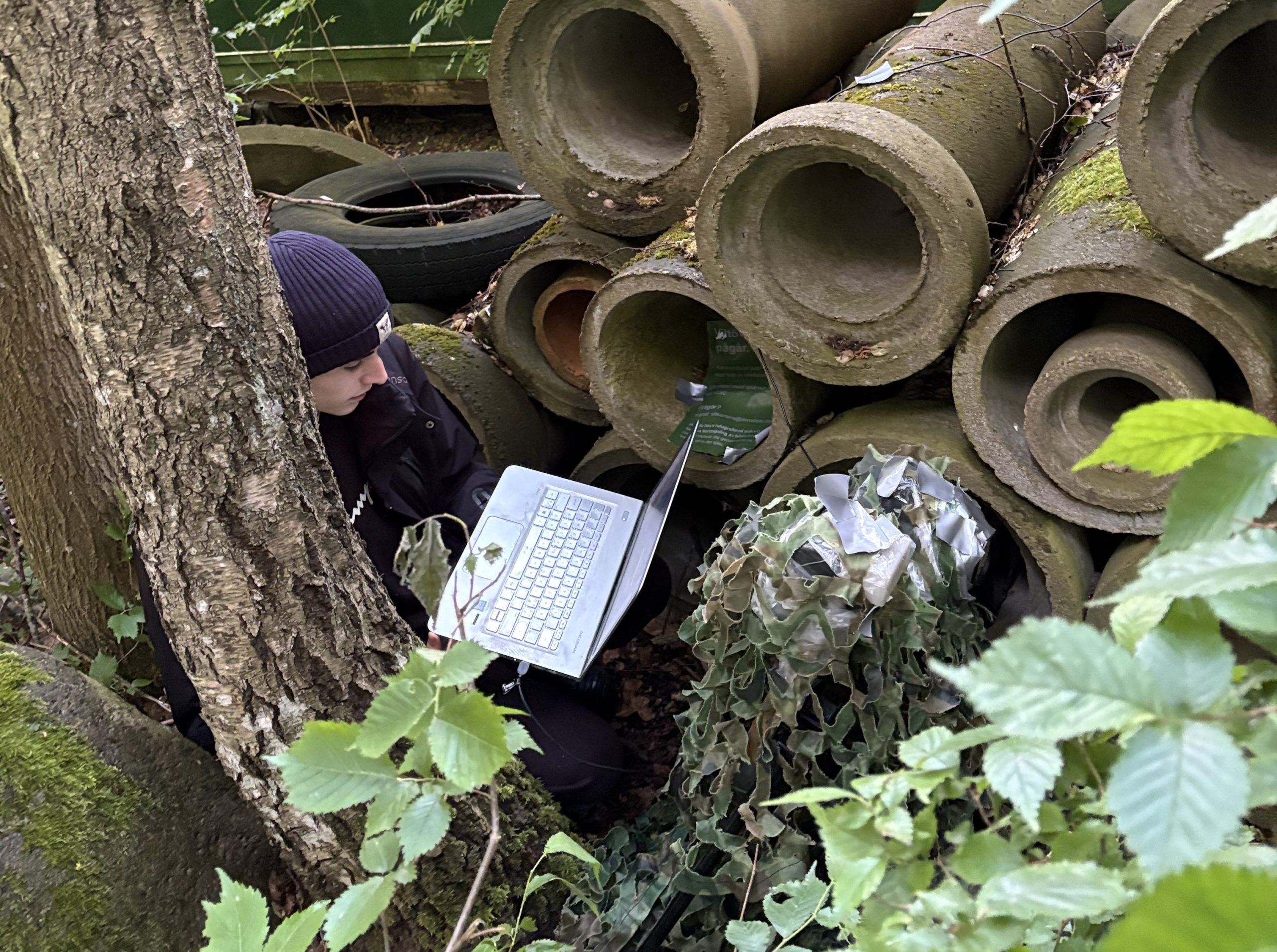
Most likely not in the traditional way. But if you want to collaborate on a wildlife photography/filmmaking project, don’t hesitate to send me an invite and tell me more! Examples of animals I want to do projects on include Otters, Pine Martens, Foxes, Badgers, Lynxs, Wolfs, Minks, Polecats, Kingfishers, and many more animals! I am always open to working with other dedicated wildlife photographers and filmmakers.
No, none of my images are generated by AI. All of my images are captured through traditional wildlife photography. I spend countless hours in the field, studying animal behavior, and working in nature to get authentic images. While I sometimes do use AI for tasks like denoising to enhance image quality, it doesn’t alter the core of the image or its authenticity.
No. My photos are available for licensing, but permission is required for any use. Please contact me via e-mail: licensing@denatlahi.com for inquiries about image licensing.
Yes, all my wildlife photographs are available for purchase as a print, with free shipping in Sweden. You can purchase prints on my website Prints Page or contact me.
Prints are made with authentic FUJIFILM Crystal Archive Photo Paper. Made-to-order, carefully packaged, and shipped worldwide in secure protective tubes.
Finding wildlife and mammals involves extensive field research, patience, and building a database of concurrent observations. I monitor their habitats closely, studying their behavior and routines. Using a trail camera is an important tool for tracking their movements and gathering information on their patterns. I look for tracks and poop all over the place. By continuously tracking information about their patterns of location and direction I can understand their behavior and improve my chances of capturing them on camera.
Image: A pile of fox poop, marking territory
I started photographing in 2023. This was when I bought my first camera, which was a Canon 70D. In the beginning, I only photographed birds, as they were the easiest to find. In 2024, I started working with mammals and got my first images of badgers and foxes.
I own two personal websites, the primary one being denatlahi.com [this website]. I also run the website denatlahi.se, which is a simplified Swedish version.


